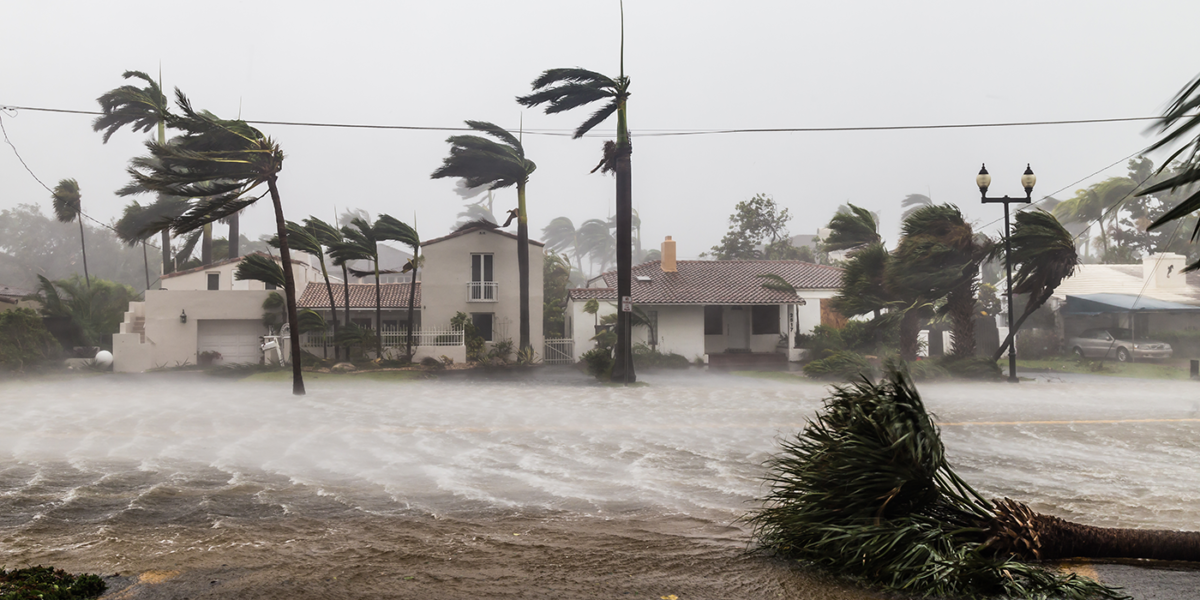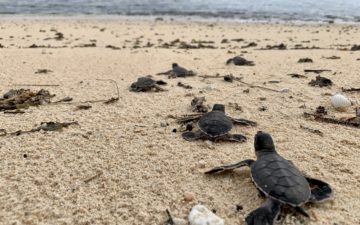Recent hurricanes Harvey, Irma, Jose, and Maria, whose effects and devastation are still being felt throughout the Caribbean and United States, remind us that our coasts and those who live near them are vulnerable. As storms intensify with a changing climate, what are our options to further protect our coasts from storm surges and flooding? Man-made structural defense measures, like seawalls, are often incredibly costly. They need to be continually updated as sea level rises, are a detriment to tourism, and adding concrete can damage natural coastal environments. However, mother nature built in her own risk reduction plan, that involves natural ecosystems. Coastal ecosystems, such as wetlands, dunes, kelp forests, oyster beds, coral reefs, seagrass beds, and mangrove forests can help keep waves and storm surge from eroding and flooding our coasts. Currently, about two-thirds of the United States coast is protected by at least one of these coastal ecosystems.
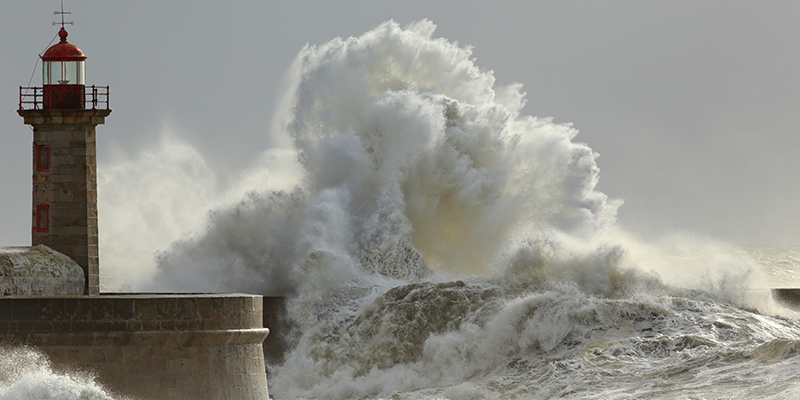
Let’s take wetlands as an example. Not only do they store carbon within soil and plants (as opposed to releasing it into the atmosphere as CO2) and help moderate our global climate, but they also act as sponges that can trap surface water, rain, snowmelt, groundwater, and flood water, keep it from sloshing onshore, and then slowly release it. This can help lower flood levels and decrease erosion. If we were to preserve and restore these coastal ecosystems, we could obtain protection that would usually come from things like levees.
Rapid costal development is damaging and eliminating these coastal ecosystems. In a new study by Narayan et. al (2017), the authors provided some interesting results about the value of wetlands. For example, during Hurricane Sandy in 2012, wetlands prevented over $625 million in property damages. Sandy caused at least 72 direct deaths in the U.S. and about $50 billion in flood damages. Fatalities were predominantly due to storm surge flooding. The wetlands acted as a buffer along the coast against storm surge. Throughout 12 coastal East Coast states, wetlands were able to reduce the damages from Hurricane Sandy by an average of 22% across the zip-codes included in the study. More than 1,400 miles of roads and highways were protected by wetlands from Hurricane Sandy. In New Jersey specifically, wetland cover about 10% of the floodplain and are estimated to have reduced the damages from Hurricane Sandy by approximately 27% overall, which translates to almost $430 million.
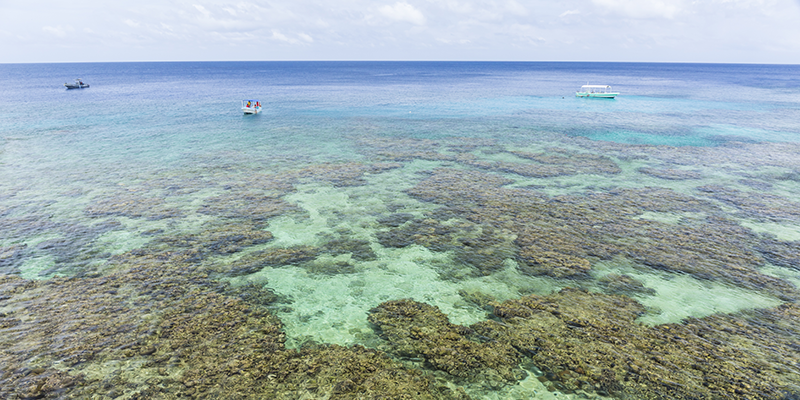
Another study by Guannel et. al (2016) found that when there are multiple systems (e.g. coral reefs, seagrass meadows, and mangroves) contributing to the protection of coastal areas, these habitats together substantially moderate any incoming wave energy, flood levels, and loss of sediment. Together, these systems better protect the coast rather than just one system or habitat alone. This study also found that mangroves alone can provide the most protection benefits. Corals and seagrasses are most likely to help reduce the risk of erosion along the shore and promote shoreline stability, reduce nearshore currents, and increase the resilience of coasts against any hazards. Mangroves are the most effective at protecting coasts under both storm and non-storm conditions.
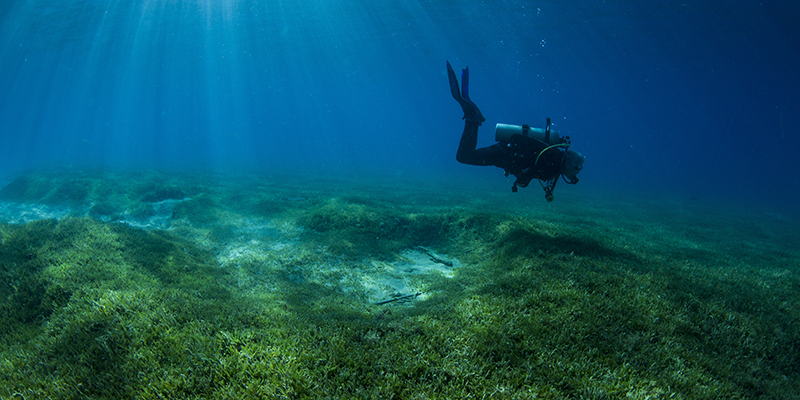
These coastal ecosystems aren’t just important during large weather events like hurricanes. They reduce flood losses annually in many locations, even with smaller storms. For example, coral reefs can reduce the energy of waves hitting the shore by 85%. The East Coast of the U.S. as well as the Gulf Coast are pretty low-lying, shorelines are muddy or sandy, making them easier to erode, and these areas are especially vulnerable to flooding and storm surge. Even when these ecosystems are already damaged, as is the case for some coral reefs, or mangrove forests, these ecosystems still protect us from waves and surges. Even so, we continue to eliminate these habitats to make room for golf courses, hotels, houses, etc. In the last 60 years, urban development has eliminated half of Florida’s historic mangrove forests. We are eliminating our protection. Presently, FEMA spends half a billion dollars annually on risk mitigation for floods, in response to local communities.
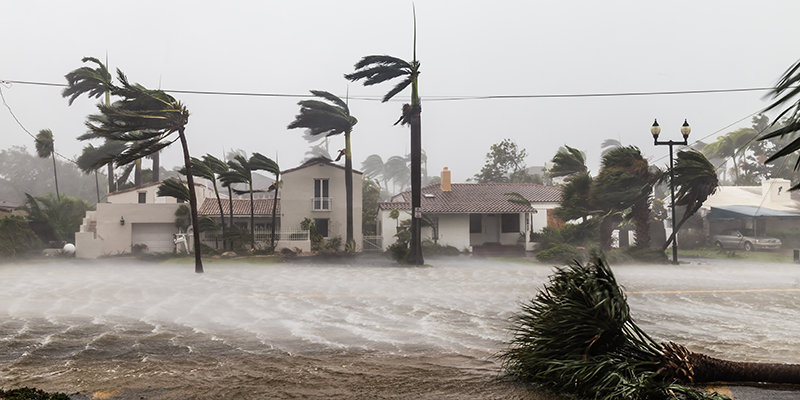
Flooding in Miami during Hurricane Irma
There are certainly ways to rebuild areas that have been ravaged by hurricanes in a way that will make them better-prepared for future storms, and will also conserve these vital ecosystems. Coastal habitats can be a first line of defense against storms, and they might not be something that solves all of our flooding or storm surge problems, but they are certainly worth taking advantage of. Protecting and conserving these ecosystems will shield our coastal communities while improving the ecological health of coastal regions.
